 |
|
| home | features | exhibitions | interviews | profiles | webprojects | gazetteer | links | archive | forum | |
|
|
|
|
There is no time Dr. Daro Montag Excerpts from a lecture given at UCF in March 2007 as part of the RANE lecture series
THE PROBLEM In this short talk I shall focus on two problems that are inevitably related. The first is mass extinction of species. The second is global climate change. There is little doubt in the minds of biologists that the Earth is faced with a mounting loss of species. This current mass extinction is set to rival the 5 previous mass extinctions from the geological past. Some scientists believe that this one is going to be even worse. It differs however from the previous periods of extinction in one crucial factor. All of the previous extinctions were caused by unavoidable natural events – such as massive volcanic eruptions or the impact of a comet. The current period extinction is different, because it is caused by us – by homo sapiens.
Edward Wilson, one of the world’s leading
biologists, estimated back in 1993, that the earth is losing something
of the order of 30,000 species a year. That equates to approximately
3 species an hour. Think about it – one species wiped out, each and
every 20 minutes (picture right: Golden Toad). One of the main reasons why this is happening is loss of habitat, especially tropical rainforests. Although rainforests only cover 6% of earth’s landmass they house over half of all the animal and plant species. Rainforests are the oldest ecosystems on this planet, but they are on the verge of being completely obliterated. The economics for this plunder just don’t add up: If the forests are managed sustainably for fruits, latex and timber they are worth over $2,800 per acre. When they are clear cut for commercial timber they have a one off value of $416 per acre. And it is even worse when they are used as cattle pasture. They are worth little over $60 per acre. Every minute the world loses about 150 acres of its rainforest. That equates to over 70 million acres a year. That is larger than England Wales and Scotland combined. If deforestation continues at current rates, scientists estimate nearly all tropical rainforest ecosystems will be destroyed by the year 2030. We have no idea how this will impact on the global climate. You will no doubt be aware, despite the recent channel 4 programme claiming the contrary, that the climate is changing and we (that is our species) are the primary cause of this…..
I was at a conference recently where the director of the Potsdam Institute that studies the impact of climate change stated that there is probably a 50:50 chance of complete environmental collapse before the end of this century. If this happens it doesn’t mean that the planet is uninhabitable just for those species that are already moving towards extinction – it means that much of the planet would become uninhabitable for the vast majority of species – and that is likely to include us.
THE CAUSES What are the causes of this situation? The short answer is us. We are the cause of this situation. However, I’m sure you are well aware the causes are not simple or singular. They are complex and multifaceted. But to make it easy to comprehend a simple formula has been devised that shows the interrelationship between three key factors:
Impact = Population x Consumption (per capita) x Technology (used by the population)
Since 1950, the world's population (picture right - with 50 year projection) has more than doubled to over 6 billion people, with the fastest population growth being in the tropics, which unfortunately is where the rainforests happen to be. Today, more people live in the tropics alone than lived in the entire world in fifty years ago. I would like to tell you a little parable about the concept of doubling, or exponential growth. I apologise if you’ve heard this before:
A wise man once invented the game of chess. When he took his game to the king, the king was very impressed – probably because he was the most important piece on the board – (although arguably the most useless). He was so pleased with this new game that he asked the wise man what he would like in return. The wise man replied that he would like some rice. He stated that he would like a grain of rice for the first square of the board, 2 grains for the second, 4 for the third, 8 for the fourth and so on. The king soon grasped the concept of doubling the numbers of rice on each consecutive square. The king immediately agreed thinking that wise men are often rather eccentric. He was about to order a bag of rice when the wise man continued that if the king was not able to grant this request, then he would have to forfeit his kingdom. Knowing that the kitchens were well stocked with rice the king agreed without any further thought. So he ordered his cook to fetch some rice and he started placing it on the chessboard. After counting out enough to complete the first two rows the castle ran out of rice. The king sent for the local farmers to bring more rice. Pretty soon all of that was also used up. He then sent out messengers to bring in all the rice from his kingdom, which was vast. And, as you have guessed that rice was also not sufficient. What the king did not realise is that if all the rice ever that has ever grown on the earth could be gathered in one place – there still would be nowhere near enough to reach the last square on the board. The king of course had to give up his kingdom.
In order to maintain our current lifestyle in the developed world it has been estimated that we would need 2.5 planet earths. – I don’t think they’re out there. However the situation is even worse. With the less developed world rapidly trying to equal our standards of living and acquire all the gadgets that we seem to need even more resources will be required. In fact if the current global population were to consume resources at the rate that we in the developed world manage to achieve, then we would need 15 planet earths at our disposal. This is not going to happen – despite the irresponsible suggestion from Stephen Hawkins and others that we should seek other planets to inhabit – and no doubt destroy!
THE SOLUTION The solution to the problem can be thought about in two ways. In art colleges we often talk about practice and theory – and these provide useful categories for this purpose. And just as with art and design, the solution to this problem needs both of these categories.
Firstly the practical:
There are many things we can do that require little
effort – such as recycle our waste, reduce our travel especially by
plane, share car journeys wherever possible, stop buying tropical
hardwood, join an environmental organisation. I imagine There are other things we can do if we want to actively work towards a sustainable future. We can educate ourselves to become better informed about the issue, we can lobby governments to ensure that our representatives actually do what they say they are doing and we can look at our own lives and make radical changes to our own lifestyles. In the last year we have heard a lot of talk about governments setting targets to reduce our carbon output. These targets may well not be radical enough. And even if they were most governments have little possibility, or even intention, of hitting them. George Monbiot (picture right) refers to our desire for governments to set stringent targets that could save the planet – whilst at the same time our hope that these targets will not be reached because if they were, the consequences on our lifestyles would be devastating. Our hearts want us to make the necessary sacrifices, but the rest of our body tells us that it would be just too painful.
I shall turn briefly to the other category where changes need to be made, the theoretical - the world of ideas. You might think that practice is more important than theory – and in many ways it is. However it seems to me than you can’t have one without the other. And if both are working together then there is more likelihood that things might change. Before addressing ideas about ethics and sustainability I would just like to give a couple of examples of how ideas can have a radical affect on the way we think about the world. They take the form of questions: How many in this audience believe that the earth revolves around the sun? If you’d held that belief a few hundred years ago you would have probably been burnt at the stake. Before Copernicus suggested that the earth actually orbits the sun the assumption was that the stars and planets all revolved around a static earth (picture above). We now have a much more sophisticated understanding of the cosmos, but it is easy to forget that a radical shift in ideas was needed to make this conception possible – and safe!
2nd question - How many of this
audience believe that the entire human race are all descended from an
original couple Again until Darwin’s groundbreaking ‘Origin of the Species’ it was generally believed that humans were direct descendents from an original couple. I gather that some people still believe this to be true - which I do find extremely worrying. However – fundamental creationists aside – it is now generally accepted that species are intricately related and evolve over millions of years. These two ideas, about the cosmos and evolution of species, completely altered the way people thought about the earth and the humanity. We are now at the time of a similarly far-reaching idea that could, if really taken on board, have an equally profound impact on our thoughts and actions. It is not a new idea but follows on from the two previous ideas I have just mentioned. This idea is the fact that we are all related – not just the human species, but all living organisms. And it is not just the living organisms that are connected – we also have to include the atmosphere, the water, the soil and the rocks. The entire ecosphere, of which we are a part, is a system of interconnections and interdependencies. To really grasp this view requires a shift in perception. Here’s a visual image that might help. From one perspective everyone appears to be an isolated self – an island. Each one of us has developed the feeling of being separate from every other self that surrounds us. However as John Donne observed, no-one is an island. If on the surface we appear to be islands in an unforgiving ocean, that is an illusion. In reality we are all connected at a deeper level. It is this idea that has led a group of environmentalists to draw up a manifesto for the earth. This manifesto is the clearest guide that I have come across to ethical thinking, conduct and social policy. It maps an essential step towards a sustainable Earth-human relationship.
The manifesto has 6 core principles that outline the rationale:
In addition to these core principles the manifesto has 5 action principles that outline humanity’s duties to Earth and its ecosystems:
The first thing we need to recognise is that we are all guilty, and we make choices. Many people on this planet do not have a choice – we do. The second thing is that we can do something about this situation if we act now – but the time is running out. A quote from Margaret Mead will remind us that if we act we can make a difference…
“Never doubt that a small group of thoughtful, committed citizens can change the world. Indeed, it is the only thing that ever has.” Margaret Mead
|

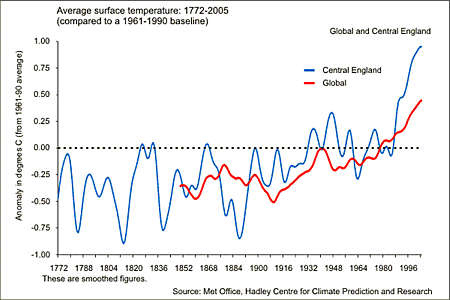 A week ago the chief scientist from the Met Office,
Professor John Mitchell gave a talk at Tremough. One of the slides in
his talk showed that global temperatures this century were estimated
to rise somewhere between 1.5 and 6 degrees (picture left: global
trends since 1772). With the understatement of a scientist, and the over emphasis
on graphs and diagrams, he failed to draw our attention to what this
might actually mean for us and other animals. A temperature rise of
1.5 degrees might be manageable. On the other hand, a rise of 6
degrees would be catastrophic. To put a 6 degree shift in context it
is worth remembering that the last time when the planet was only 5
degrees colder much of Europe was under a kilometre of ice.
A week ago the chief scientist from the Met Office,
Professor John Mitchell gave a talk at Tremough. One of the slides in
his talk showed that global temperatures this century were estimated
to rise somewhere between 1.5 and 6 degrees (picture left: global
trends since 1772). With the understatement of a scientist, and the over emphasis
on graphs and diagrams, he failed to draw our attention to what this
might actually mean for us and other animals. A temperature rise of
1.5 degrees might be manageable. On the other hand, a rise of 6
degrees would be catastrophic. To put a 6 degree shift in context it
is worth remembering that the last time when the planet was only 5
degrees colder much of Europe was under a kilometre of ice.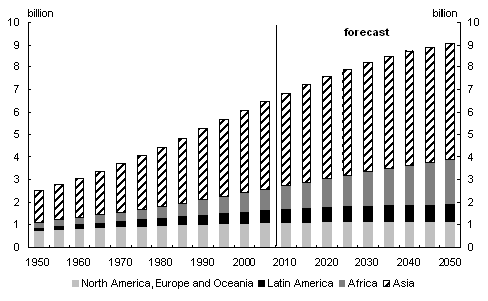
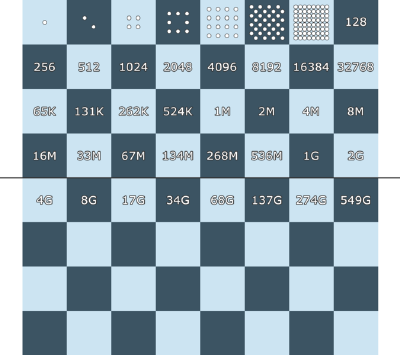
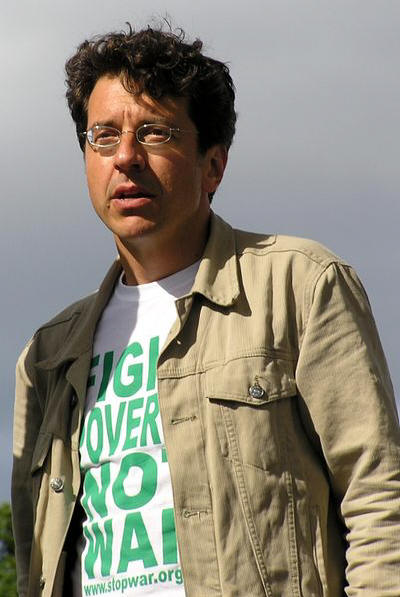
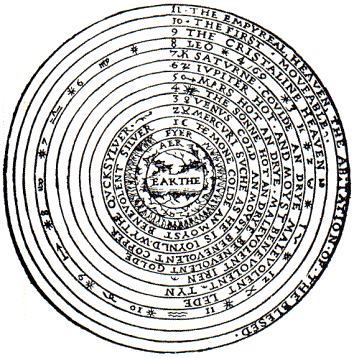 Monbiot and others have written at length
explaining what needs to be done if we are to save the planet – it
won’t be easy, but it is possible if we start now. With every year
that passes the task will become harder and harder.
Monbiot and others have written at length
explaining what needs to be done if we are to save the planet – it
won’t be easy, but it is possible if we start now. With every year
that passes the task will become harder and harder.